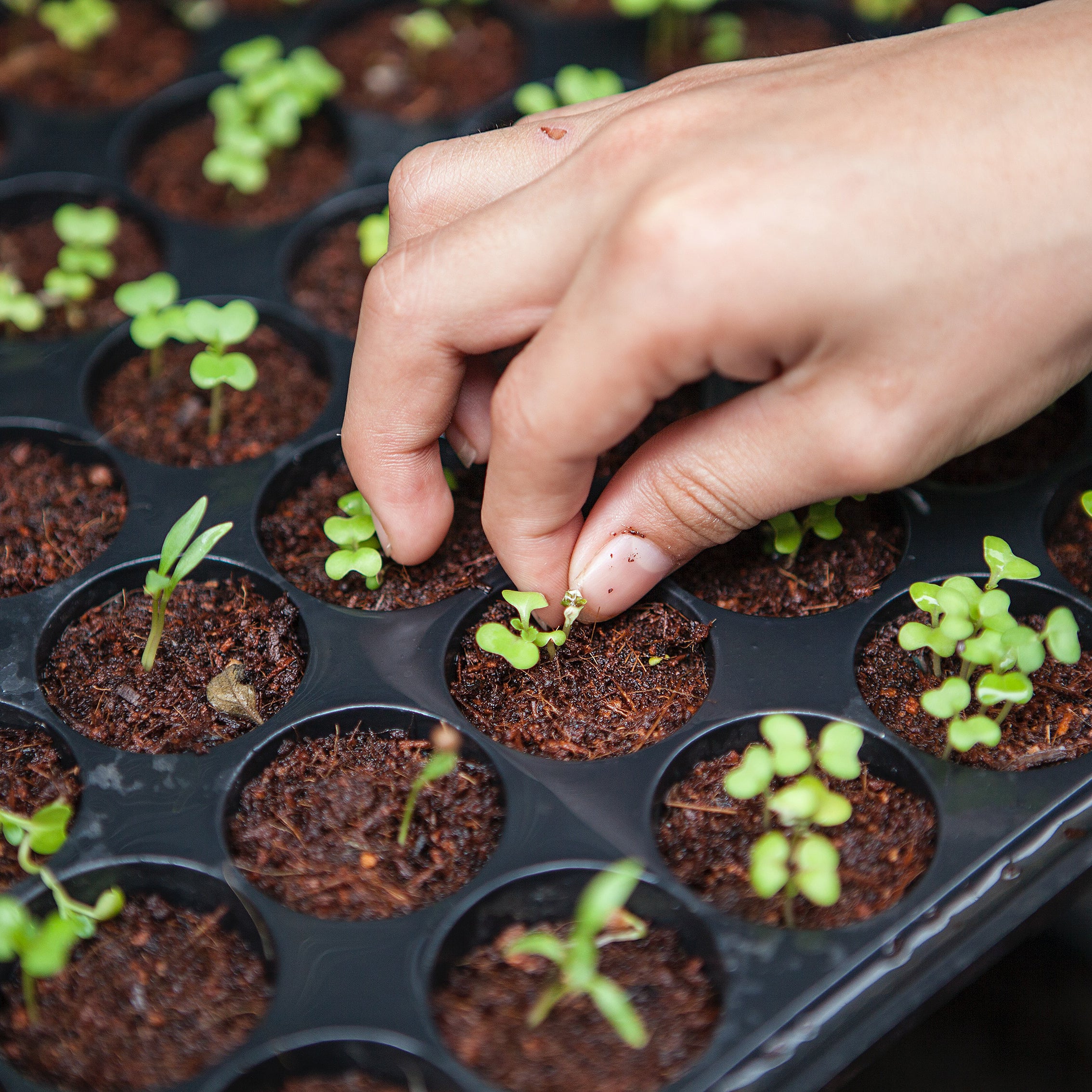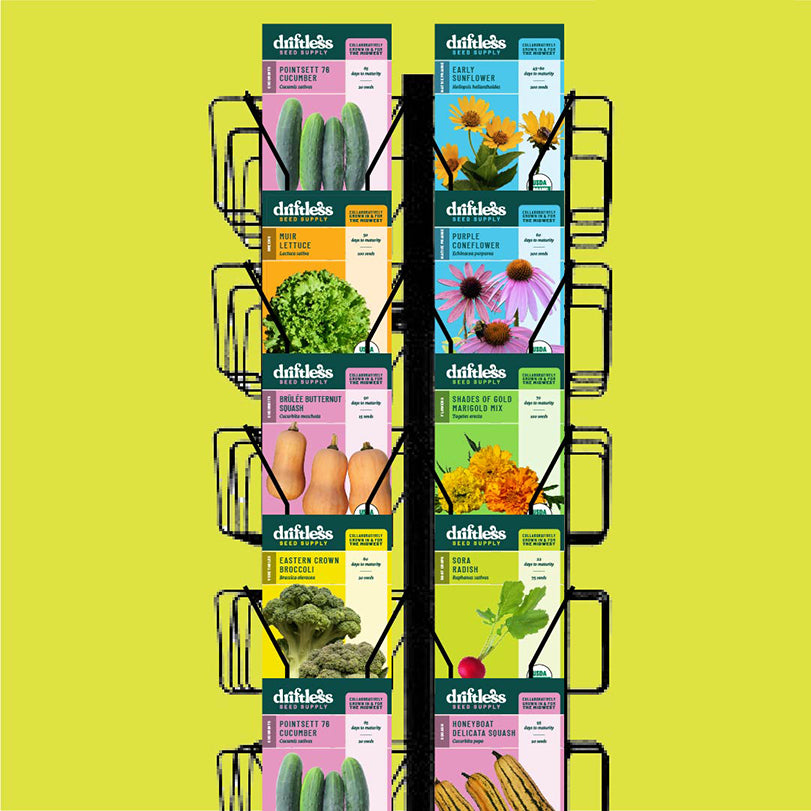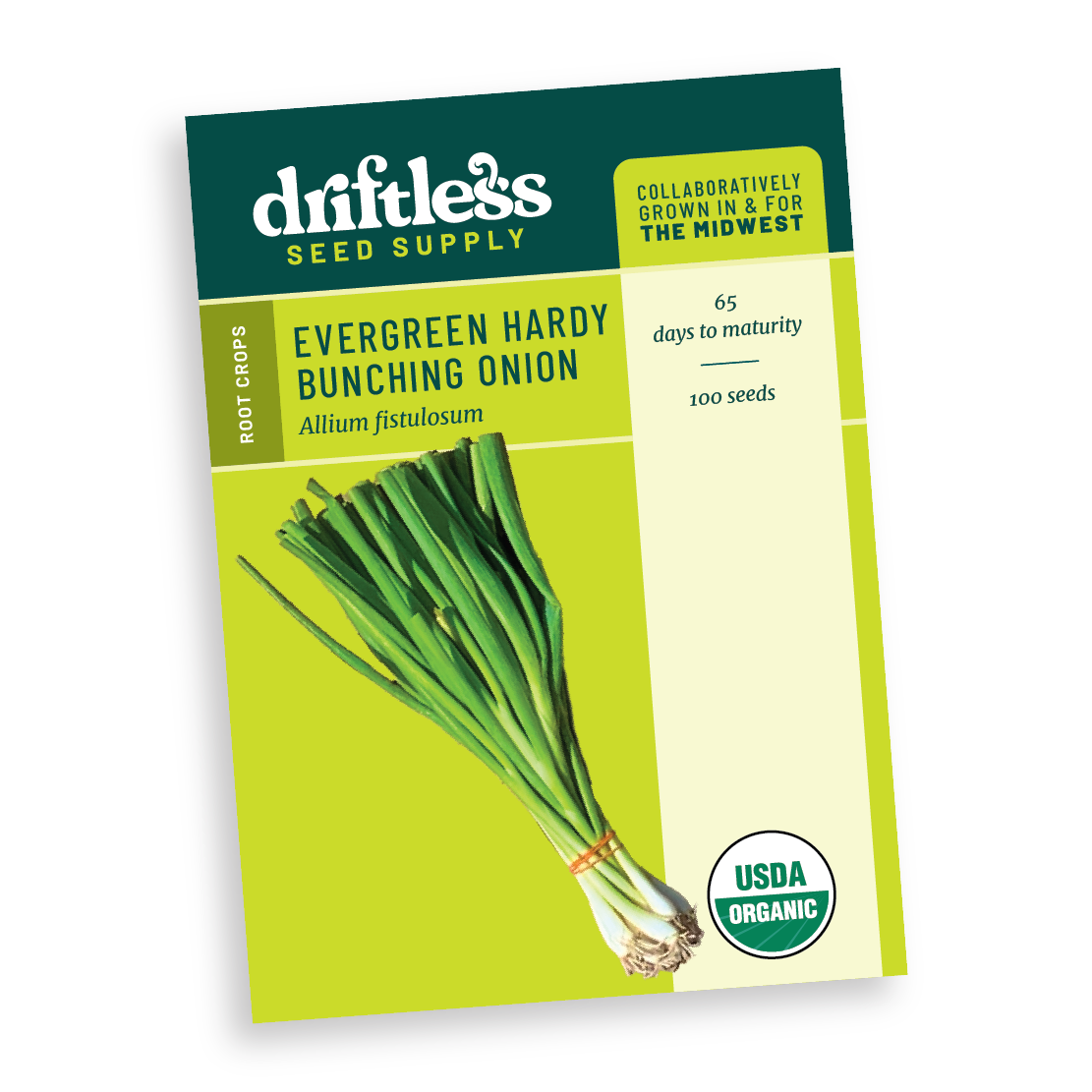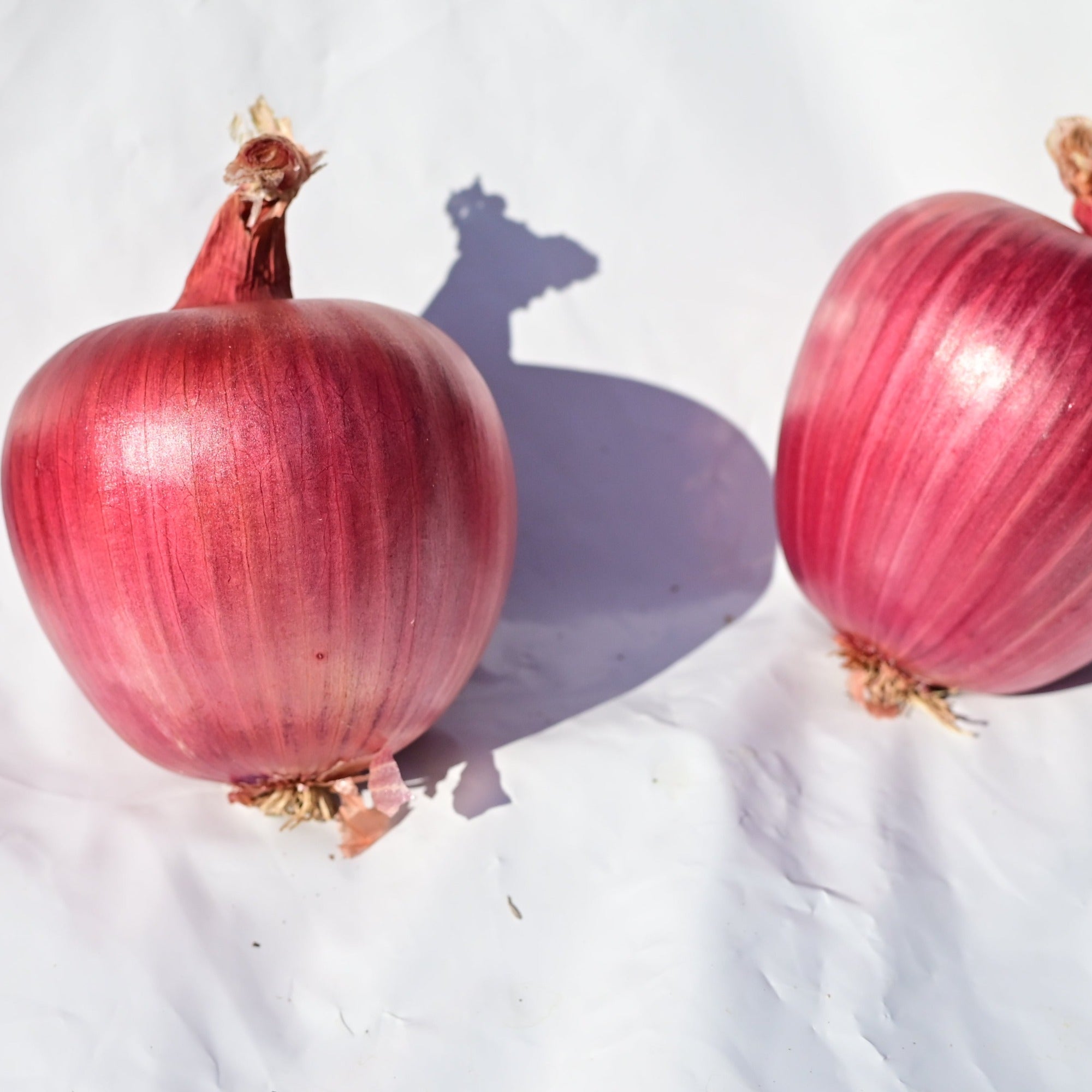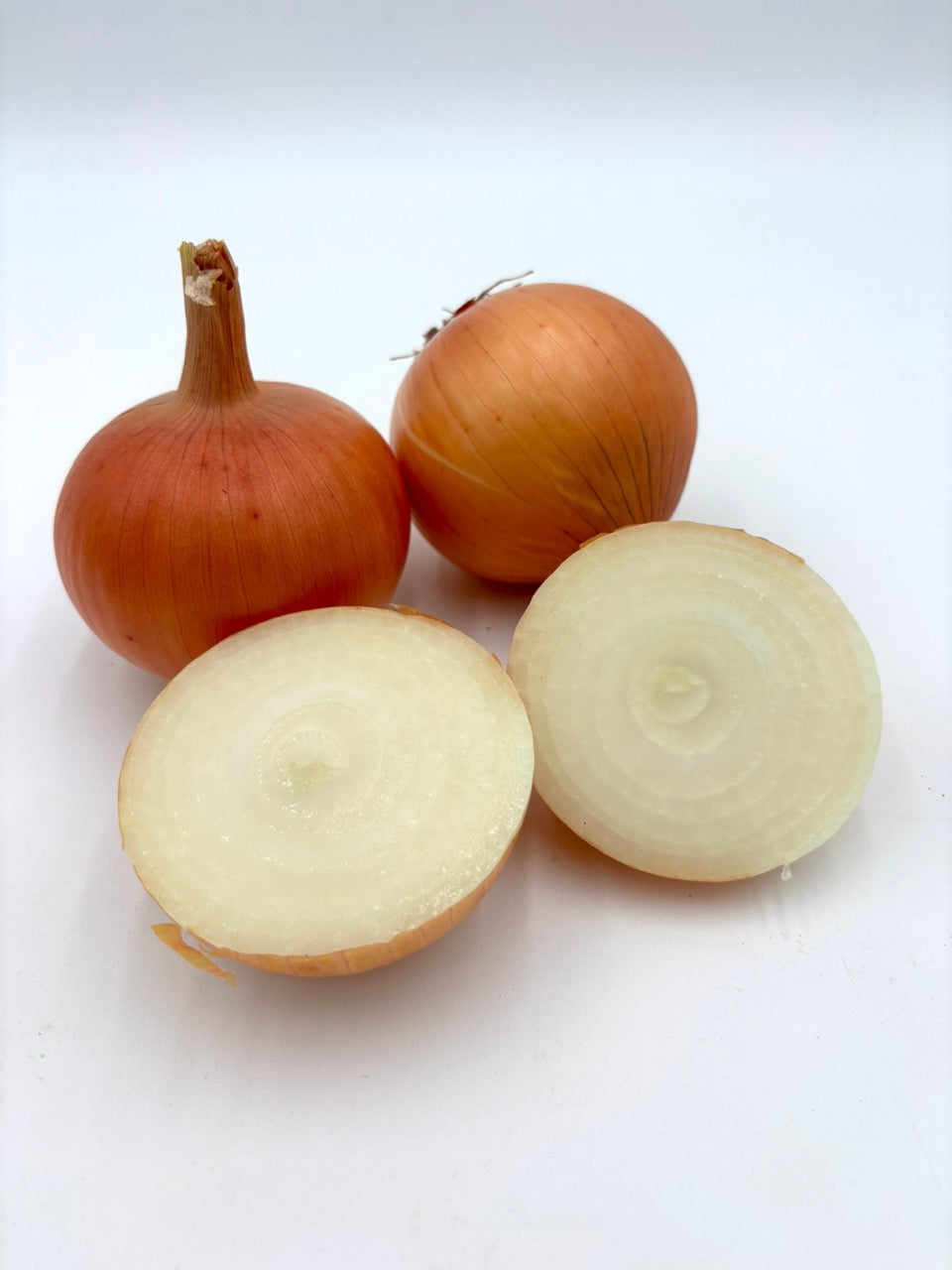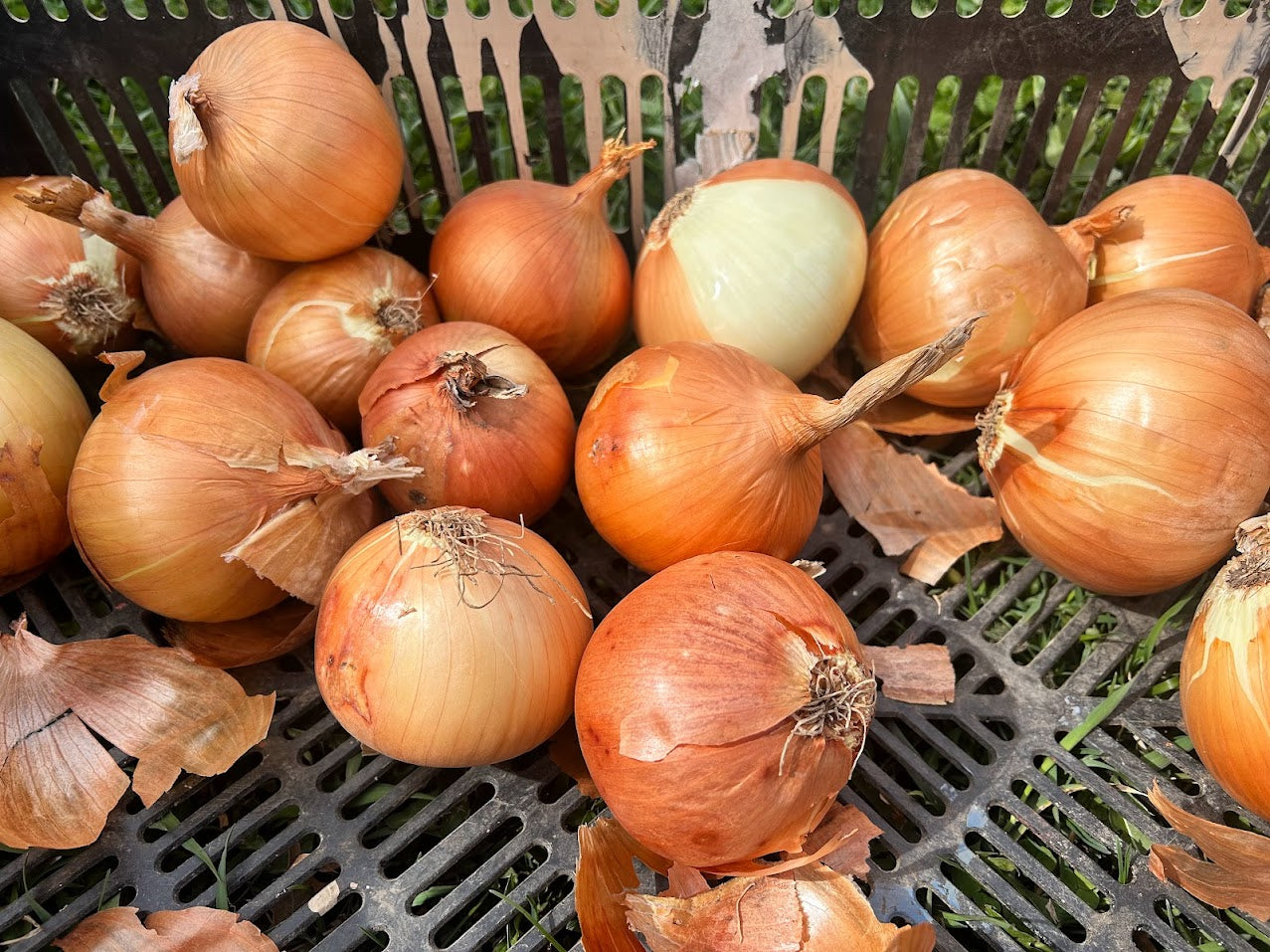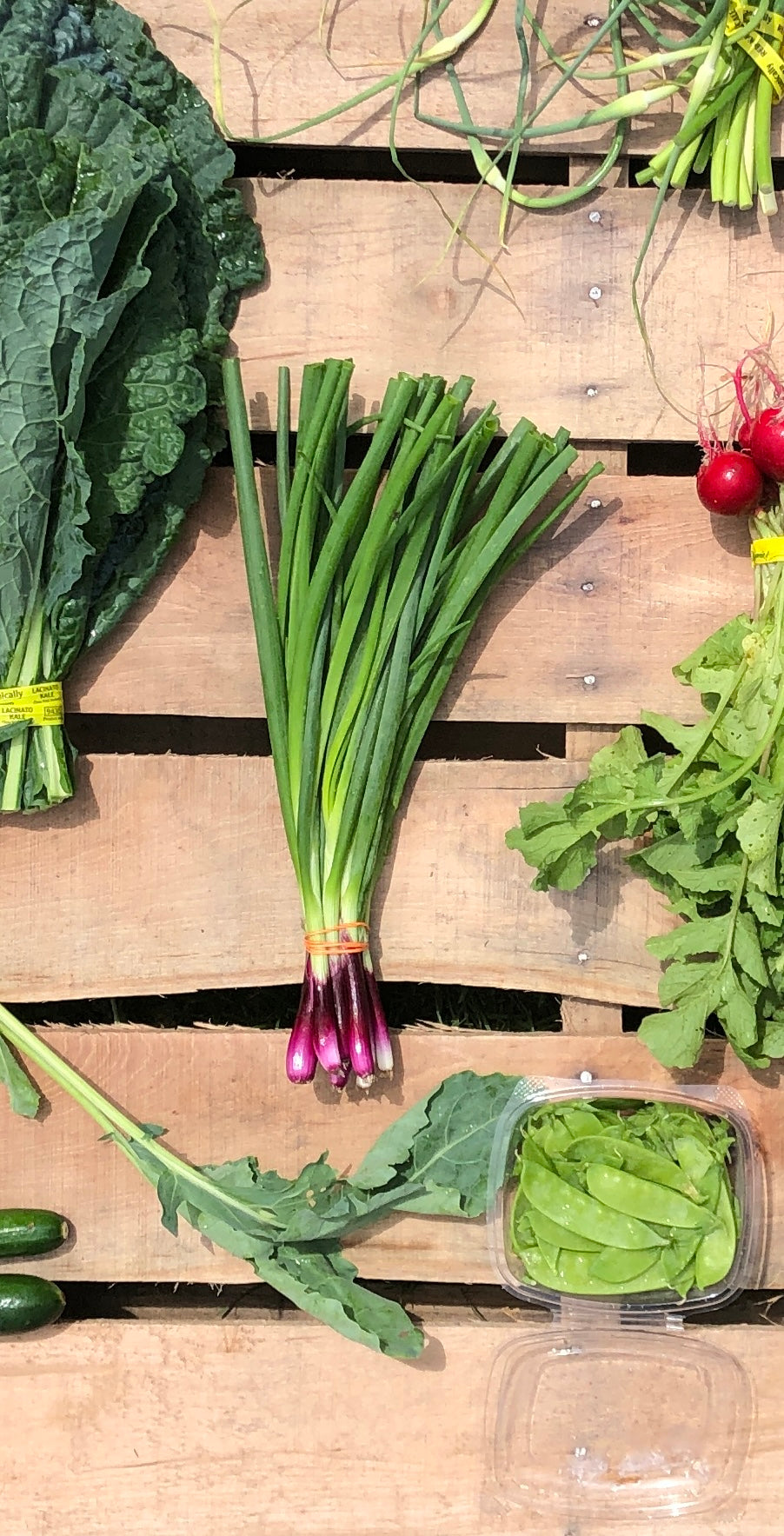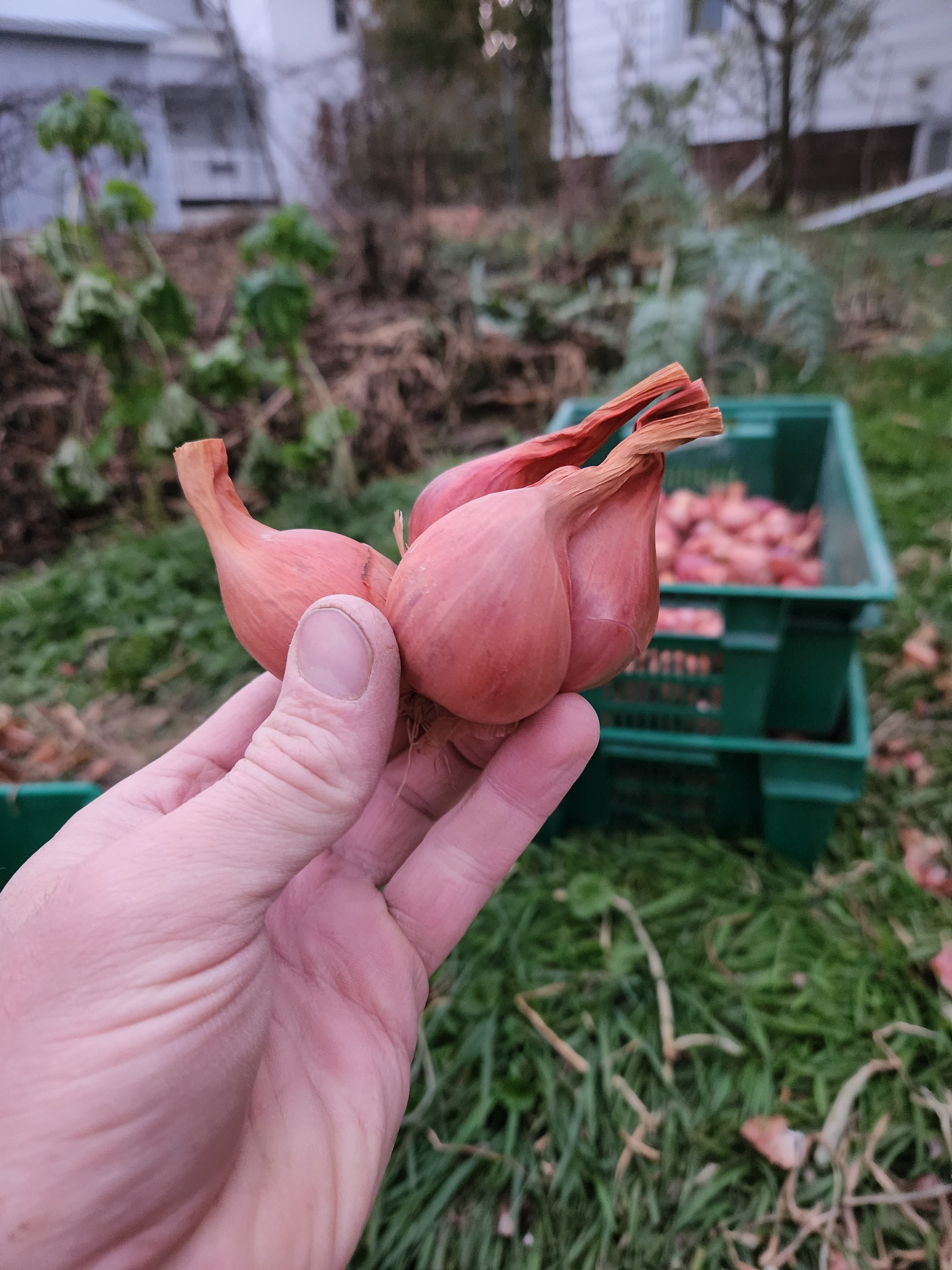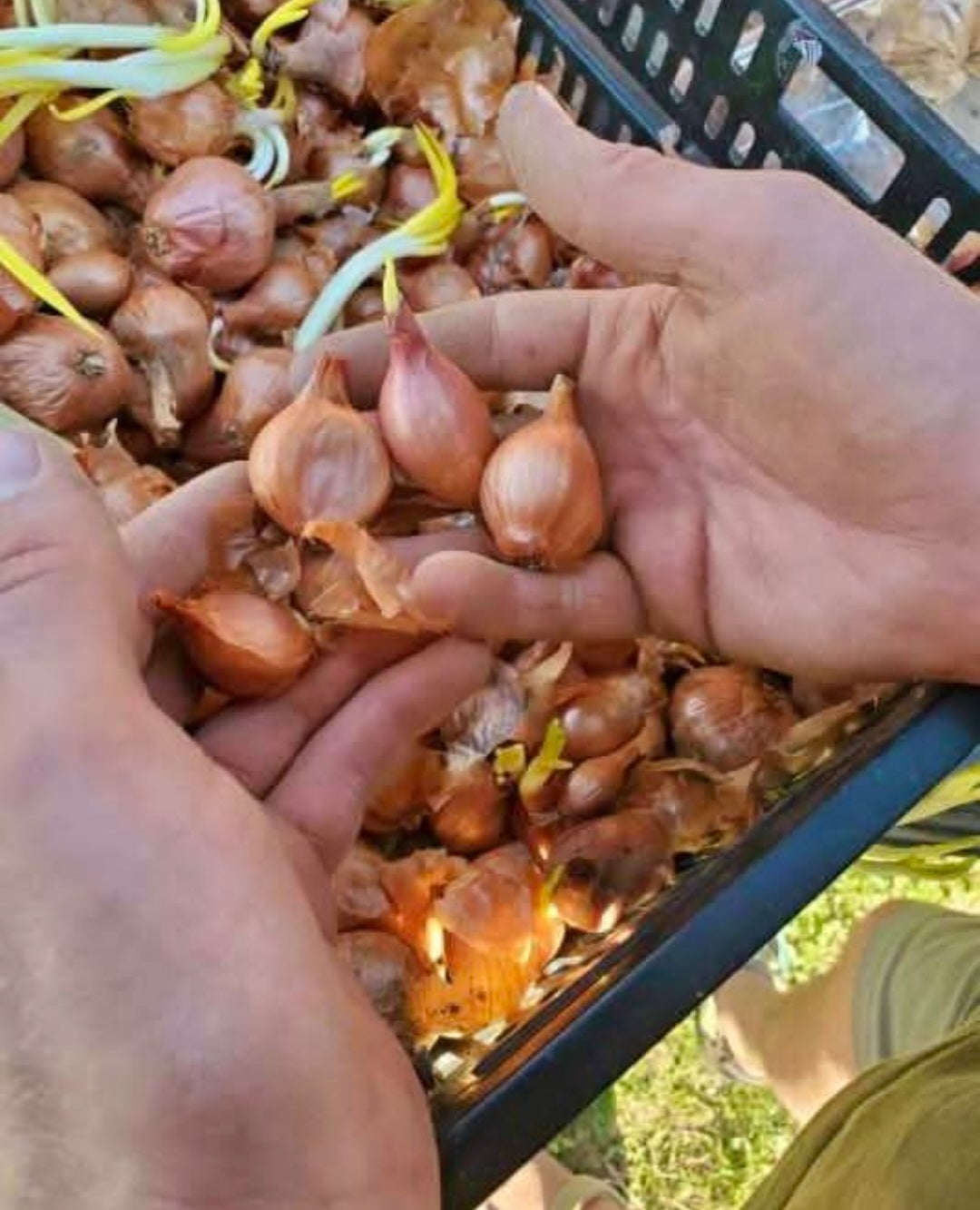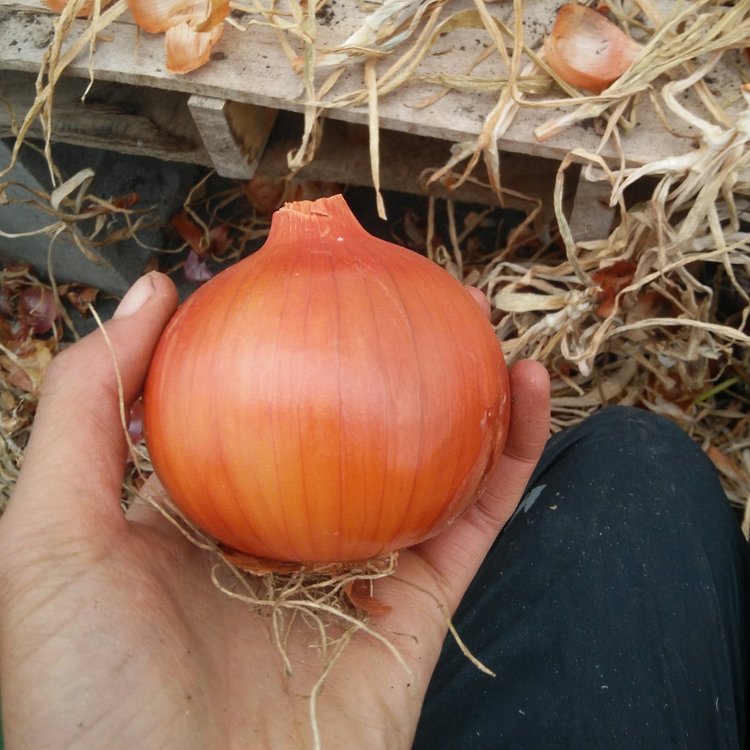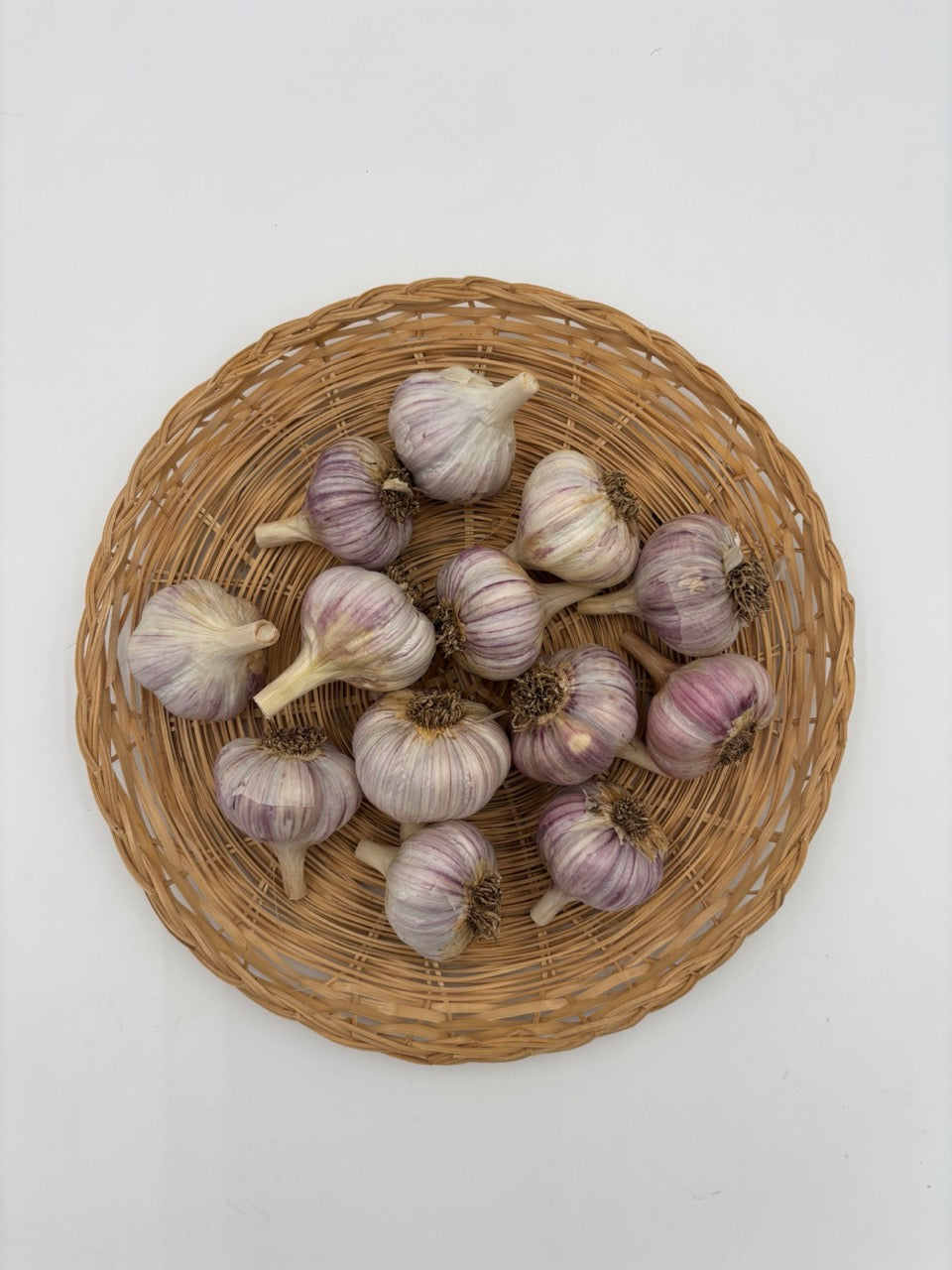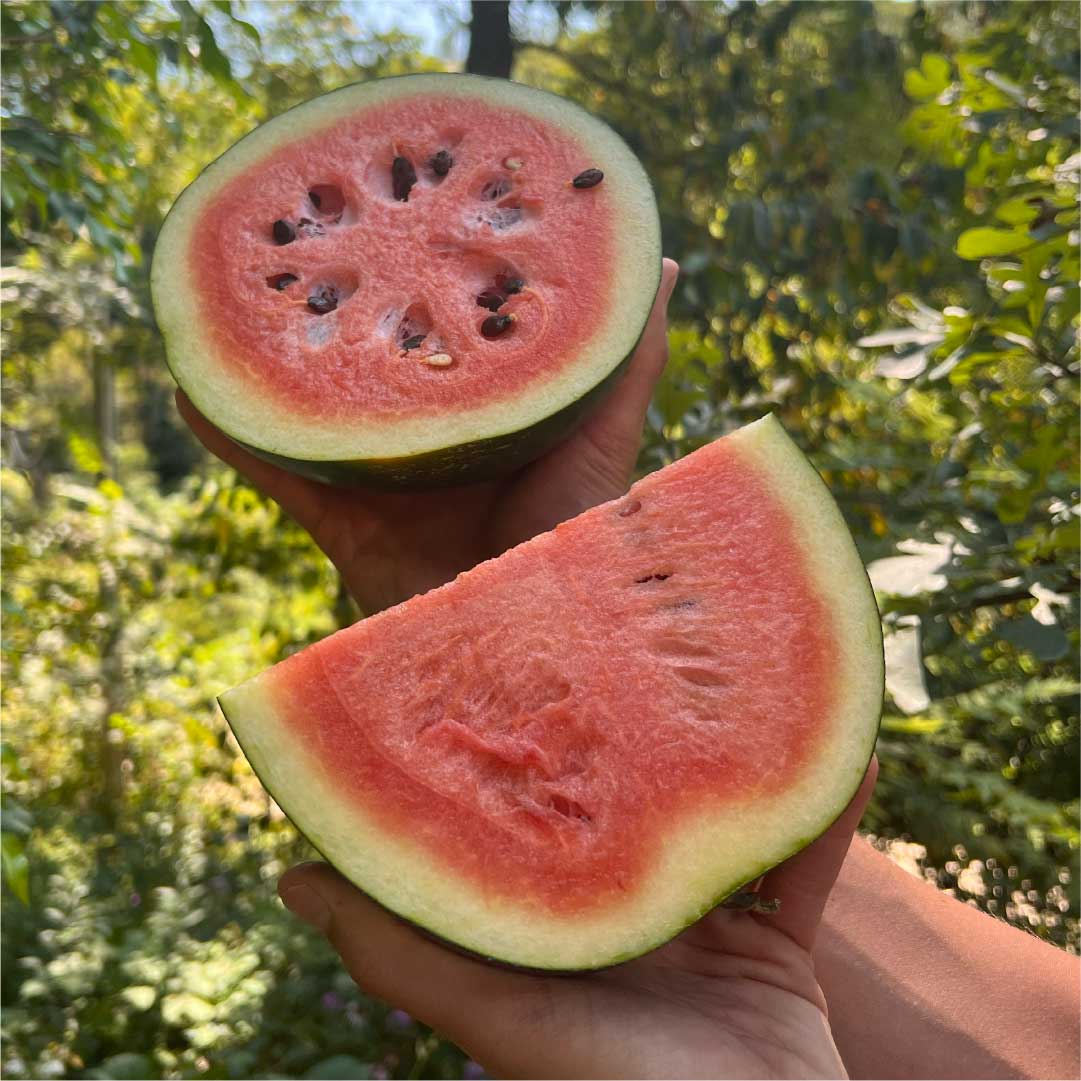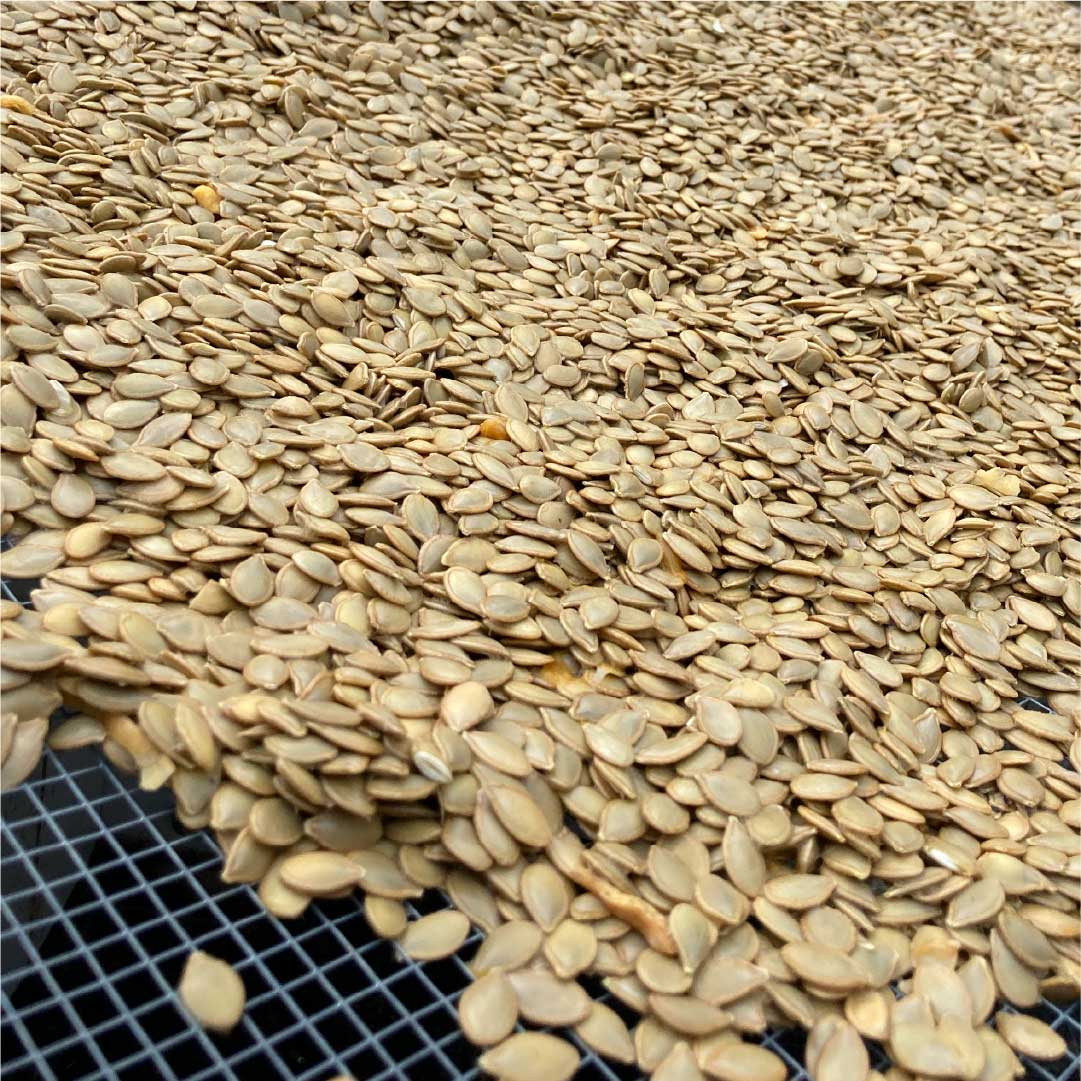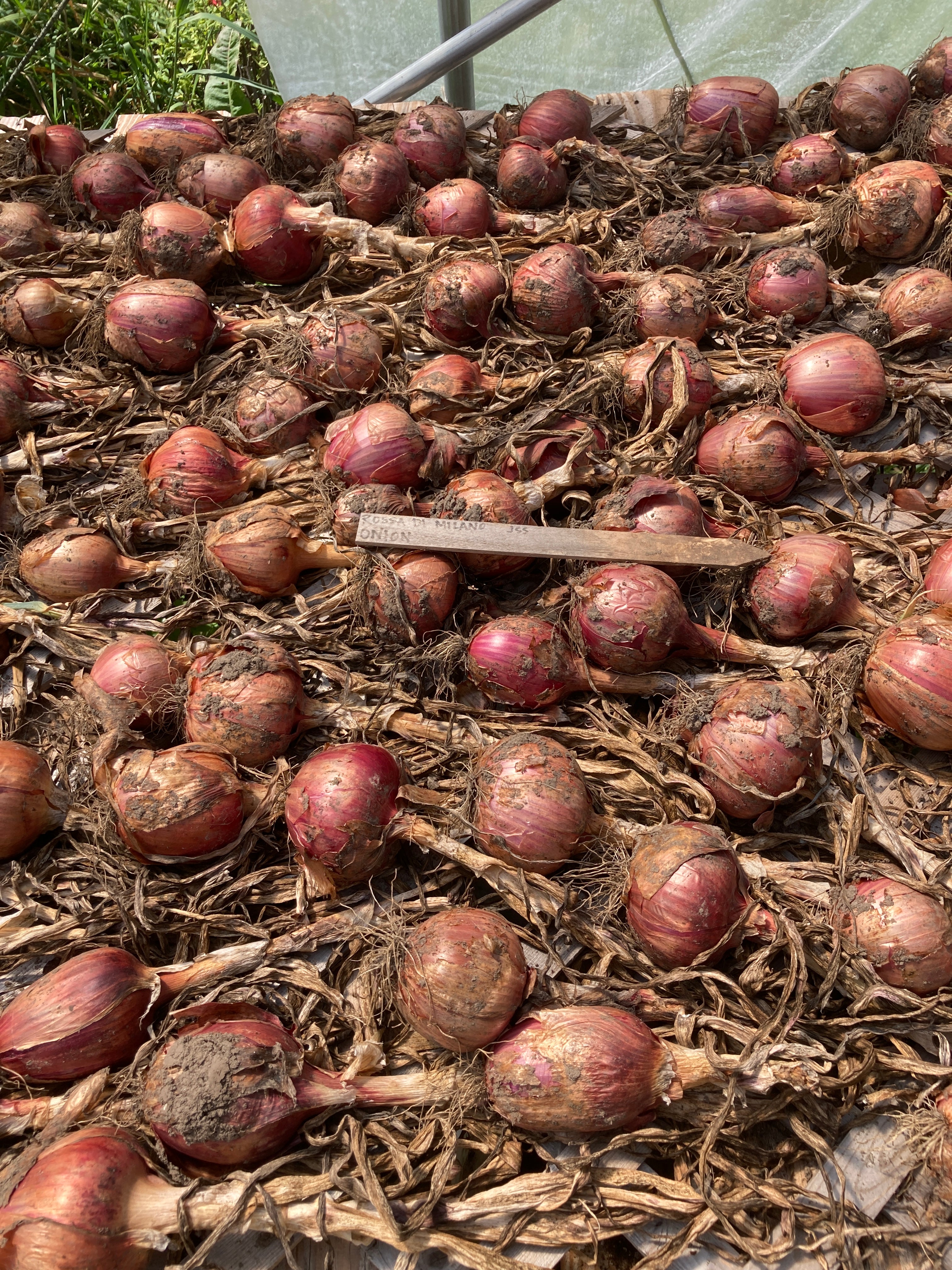
Driftless Seed Supply Grower Resources
Onion Growing Resources
Historical and Cultural Significance:
Onions (Allium cepa), with their rich history dating back to 5000 years, are among the oldest cultivated crops. Originating in central Asia, they were revered in ancient Egypt as symbols of eternity and were often buried with pharaohs. In the Middle Ages, onions were valuable enough to be used as currency and as gifts. They have also been integral in traditional medicine across various cultures, believed to possess healing properties for a wide range of ailments.
Site Selection and Soil Preparation:
- Soil Type: Onions grow best in well-drained, fertile soil with a pH of 6.0–7.0. Sandy loam soils are ideal.
- Preparation: Create a loose, crumbly seedbed free of stones and debris. Amend soils with low organic content with compost.
Planting: Timing, Spacing, and Depth:
- Seeding for Storage Onions: Sow seeds in April or early May, or as soon as the soil can be prepared in early spring. Plant seeds 1/4–3/4 inches deep and 8–12 seeds per row foot, thinning to 3–4 inches between plants.
- Seeding for Scallions/Bunching Onions: These can be planted more densely as they will not be growing large bulbs. Plant closer together and harvest early.
Cultivars:
- Day Length: In the Midwest, long-day onions are ideal, requiring day lengths of 14 hours or longer to initiate bulbs. Short-day onions, which bulb with shorter day lengths, are not suitable for Midwest latitudes.
- Scallions/Bunching Onions: Unlike storage onions, scallions (or bunching onions) do not form bulbs. They are harvested before bulbing begins or as immature true onions.
Irrigation:
- Watering Needs: Onions require frequent watering to keep the top 3–4 inches of soil moist, especially during bulb development.
Fertilization:
- General Guidance: Use a balanced fertilizer for initial growth.
- NPK Recommendations: specific fertilizer recommendations are based on soil tests and the particular growth stage of the onions. However, here's a general guideline for NPK (Nitrogen, Phosphorus, Potassium) fertilization per acre:
Nitrogen (N):
- Apply 75 to 100 pounds of nitrogen per acre.
- Nitrogen should be split-applied, with half applied at planting and the rest side-dressed when bulbs begin to form.
Phosphorus (P):
If soil tests show low phosphorus, apply 50 to 75 pounds of P2O5 (phosphorus pentoxide) per acre.
In soils with adequate phosphorus levels, a lower rate, such as 30 to 50 pounds per acre, may be sufficient.
Potassium (K):
- Apply 100 to 150 pounds of K2O (potassium oxide) per acre.
- The exact amount depends on the soil test results. In soils with medium to high potassium, the lower end of the range is usually adequate.
These recommendations are meant as a general guideline. It's important to conduct a soil test before planting to determine the specific needs of your soil. Adjust the fertilizer application based on the soil test results, the specific onion variety, and the environmental conditions
Harvesting:
- Storage Onions: Harvest when 50–80% of the tops have fallen over. Cure at 85–90˚F under low humidity for several days to a week, until the tops have dried down so that the neck of the onion at the top of the bulb, and base of the stalk/leaves, is completely flat.
- Scallions/Bunching Onions: Can be pulled any time the tops are at least 12 inches tall.
Post-Harvest Handling and Storage:
Handling
Scallions
- Handle gently to avoid bruising.
- Clean off soil, trim roots if necessary, and trim tops if they are overly long or damaged.
Storage Onions
- After curing, trim the roots and cut back the tops to about 1 inch.
Curing
Storage Onions
- Cure in a warm, dry, well-ventilated area for 1-2 weeks until necks and outer bulb scales are dry and papery.
Cooling and Storage
Scallions
- Cool immediately after harvest to around 32°F.
- Maintain high humidity (95-100%) in storage.
- Can last up to 2-3 weeks when properly stored.
Storage Onions
- Store in a cool, dry place with good air circulation.
- Ideal storage conditions are at 32-40°F with 65-70% relative humidity.
- Can be stored for several months under ideal conditions.
Pest and Disease Management:
- Common Pests: Onion maggot, thrips, and aphids are significant pests.
- Onion Maggot: Rotate crops and use row covers. Apply beneficial nematodes to control larvae.
- Thrips: Introduce predatory insects or use neem oil.
- Aphids: Use insecticidal soaps or neem oil.
- Diseases: Downy mildew, purple blotch, and botrytis are common.
- Downy Mildew: Ensure good air circulation and use copper-based fungicides.
- Purple Blotch and Botrytis: Rotate crops and remove plant debris. Apply organic fungicides as needed.
This guide offers a general overview. Local conditions such as climate, soil type, and specific onion variety, including the differences between storage onions and scallions/bunching onions, may necessitate adjustments. For tailored advice, consult local agricultural extension services.

